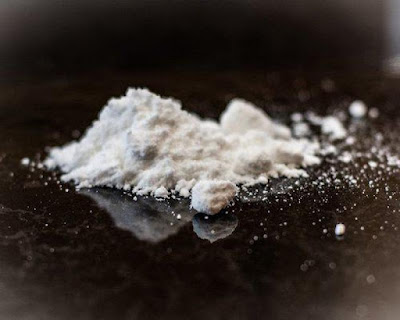Acetate is a common building block used in the synthesis of complex molecules in living organisms. Acetates are typically found in the form of anions, salts, and esters, with acetate salts being the most commonly used. An anion reacts with a cation to form an ionic compound, which results in the formation of salts. Acetate salts are commercially produced by reacting acetic acid with an alkaline or metallic base. The most common type of acetate salt is sodium acetate, which is made by reacting acetic acid with sodium bicarbonate. Calcium acetate, ammonium acetate, aluminium acetate, and potassium acetate are also commercially important acetate salts. Calcium acetate is formed when calcium carbonate reacts with acetic acid. A Potassium acetate is produced from the reaction of potassium carbonate and potassium hydroxide. Acetate salts are produced on a large scale. These are inexpensive and are used in a wide range of applications.
The food industry accounted for the major share of the acetate salts market in 2015. In terms of consumption, Europe leads the acetate salts market, driven by the rising applications in the meat processing and ready-to-eat foods. Germany, France, and Spain attractive markets for acetate salt manufacturers. Stringent food regulations imposed by food regulatory bodies also boost the demand for acetate salts. Rise in global demand for frozen foods coupled with the implementation of stringent governmental regulations is augmenting the acetate salt market. The acetate salt market in Asia Pacific is driven by economic, cultural, and demographic changes in the region. Increase in population of youth coupled with the rise in their disposable income is likely to drive the fast food industry. This, in turn, is estimated to boost the demand for acetate salt in the next decade. The use of acetate salts for deicing roads in the U.S. and Canada is projected to increase in the next few years. Demand for acetate salts is likely to increase in Latin America, driven by the rise in demand from the large meat processing industry in Brazil and Argentina.



No comments:
Post a Comment